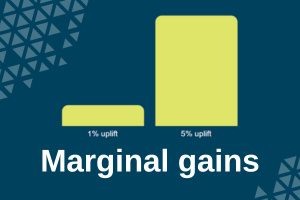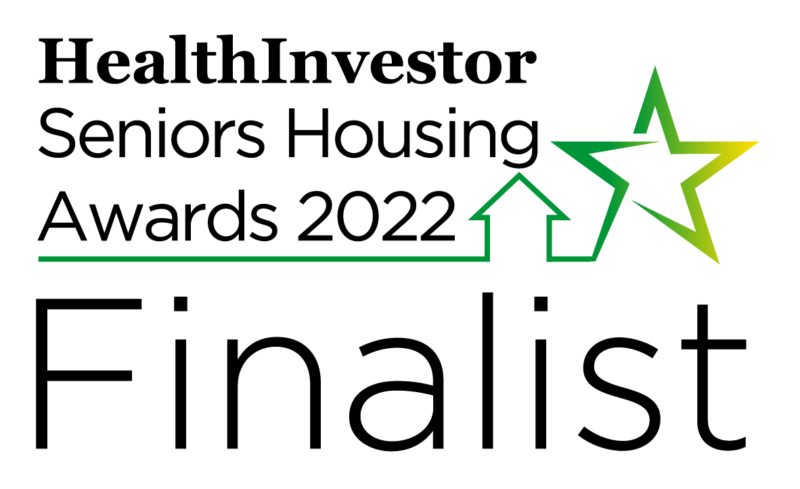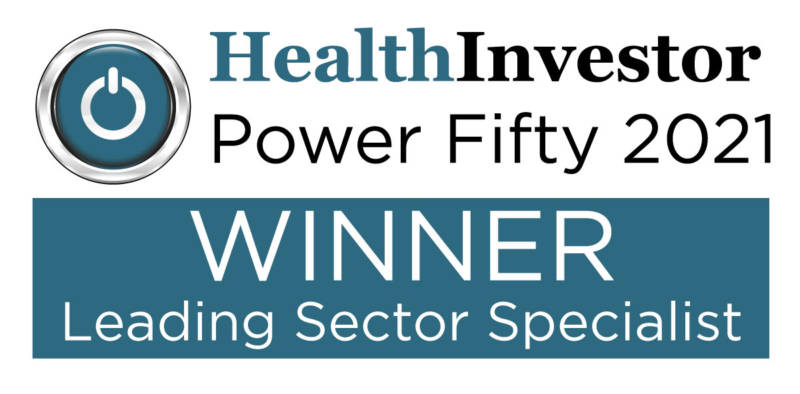In the world of elite sports, the concept of marginal gains has been revolutionary. It’s the idea that small, incremental improvements in any area of performance can cumulate in a significant overall advantage. Take cycling, for example, where shaving off a millisecond through better aerodynamics or a fraction more power in a pedal stroke can mean the difference between silver and gold.
This same philosophy can be powerfully applied to the management of care homes. By making slight adjustments to fee structures and funding mixes, care home operators can unlock substantial improvements in their financial performance, creating the leeway needed to reinvest in their services and staff. Let’s delve into how this approach can lead to winning outcomes.
The Power of Marginal Gains
A simple model of portfolio-wide optimisation reveals compelling argument for the marginal gains approach. Consider a 30-home portfolio. With a modest 1% uplift in self-funded fee rates and a single percentage point uplift in the share of residents that are self-funded, an additional annual income of £793,541 can be generated.
A more ambitious, yet achievable, 5% increase in both metrics translates to a staggering £4.1m annual increase. These figures highlight the significant impact that even small percentage increases can have on income, when implemented across a portfolio of multiple homes.
The figures quoted are based on realistic assumptions. We have assumed a starting average self-funded fee of £1,200 p/w, a starting average local authority fee of £750 p/w, a baseline funding-mix of 40% self-funded, and a consistent portfolio-wide occupancy of 90%.
Strategic reinvestment to drive long-term sustainability
The surplus generated from these improvements is a reinvestment opportunity. Reinvesting in assets—upgrading facilities, investing in technology, and maintaining the physical environment of the care homes—not only enhances the quality of service but also attracts more self-funded residents.
Likewise, investing in staff through training, better pay, and career development leads to improved care, higher satisfaction among residents, and reduced staff turnover, which is a substantial hidden cost in care home operations.
Realising the opportunity
Increasing self-funded fee rates requires careful analysis of local market competition and demand dynamics. Similarly, the adjustments in the funding mix are predicated on a strategic approach to attract a higher proportion of self-funded residents, without diminishing the commitment to local-authority funded residents.
By concentrating on marginal improvements that are implemented at scale, care home operators can create a compelling business case that unlocks strategic investment. The additional income generated from these enhancements can be the lifeblood for reinvestment into the core aspects of care provision—infrastructure and people.
Such a strategic focus not only solidifies the financial health of a care home but also elevates the standard of care provided, ensuring the long-term sustainability and success of the care services. Small changes can indeed lead to significant outcomes.
To discuss how Carterwood’s data-driven market analysis can supercharge your decision-making when it comes to optimising fee and funding-mix, get in touch with our expert team via info@carterwood.co.uk or 01454 838038.
Income Impact Calculator







